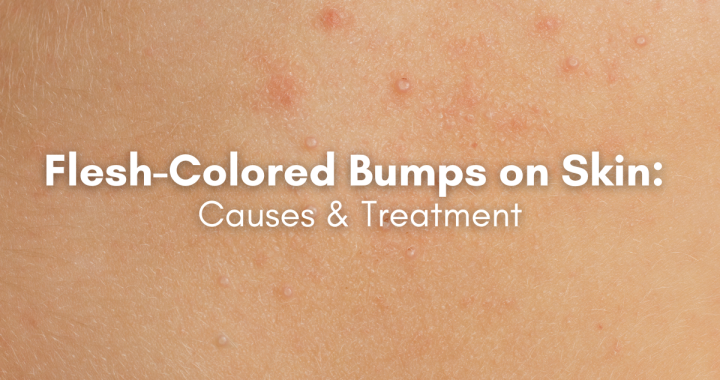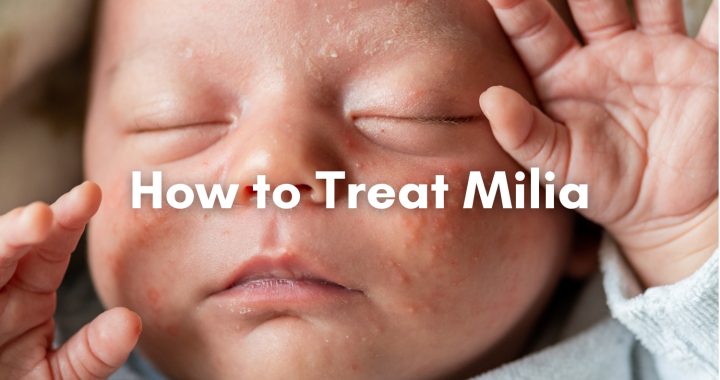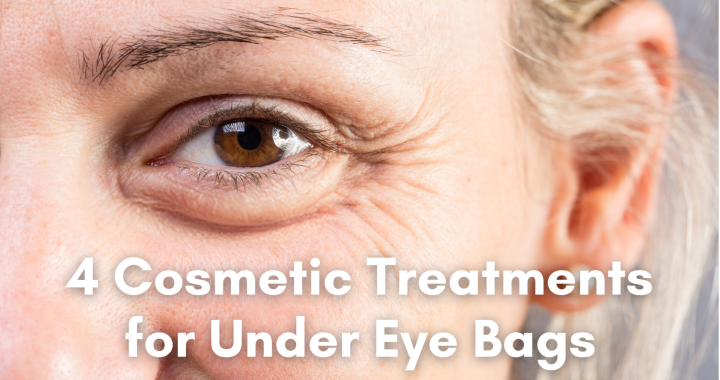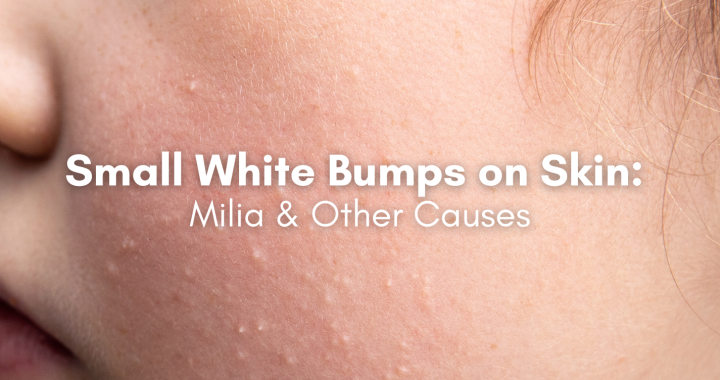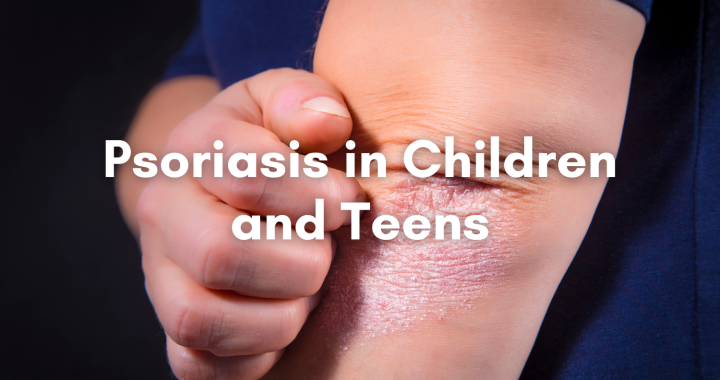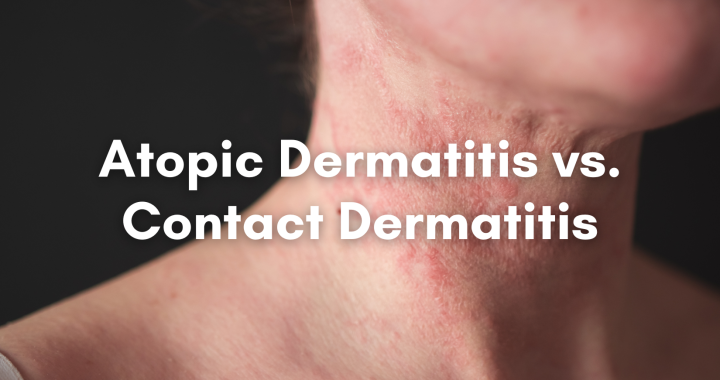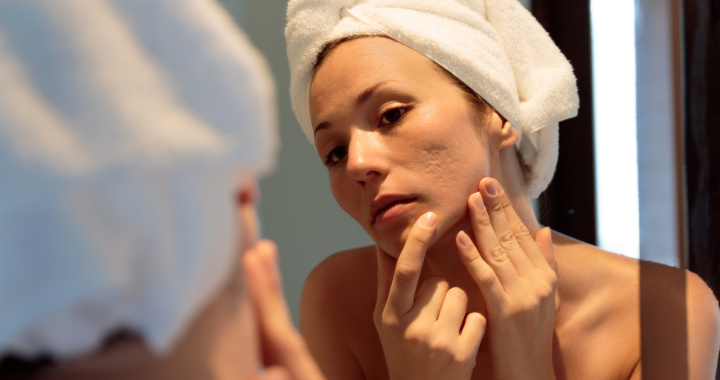Flesh-colored bumps are a common skin concern that can affect people of all ages. From benign conditions like milia to inflammatory issues like acne, these raised skin bumps vary widely in appearance and cause. While some may resolve on their own, others require professional evaluation and treatment. Let’s dive into the most frequent causes and the best ways to treat these small white bumps on your skin.Continue reading
Category Archives: Uncategorized
How to Treat Milia (A.K.A. Milk Spots)
If you’re wondering how to treat milia, you’re not alone. These small, white bumps, though harmless, often cause concern for those unfamiliar with this skin condition. Whether you’re dealing with them yourself or caring for a baby, it’s important to know that milia are common and treatable. In this post, we’ll walk you through the causes of milia and the most effective ways to treat these stubborn bumps.Continue reading
4 Cosmetic Treatments for Under Eye Bags: Which Are Best?
If you’re seeking a brighter, more youthful look, cosmetic treatments for under eye bags may be the solution you’ve been looking for. This blog dives into the common causes of under eye bags and highlights the best treatments for under eye bags that can help you feel confident again.Continue reading
Small White Bumps on Skin: Milia & Other Causes
Noticing small white bumps on your skin? You’re not alone. These tiny bumps can appear for various reasons, including blocked pores or overactive sebaceous glands. While many of these bumps are harmless, they can impact your skin’s texture and appearance, leaving you wondering what to do. Understanding what’s behind these small white bumps on your face and skin is the first step toward effective treatment. In this guide, we’ll explore the common causes of small white bumps and the best ways to address them.Continue reading
Psoriasis in Children and Teens: What to Know as a Parent
When it comes to psoriasis in children and teens, early identification and understanding are key to managing this complex condition. Psoriasis symptoms may be challenging for kids, but with the right information and treatment approach, parents can help their children lead a comfortable, active life. This guide will walk you through the basics of psoriasis in teens and kids, from symptoms to treatment options, and other details parents should know.Continue reading
Vujevich Dermatology Voted Best Dermatologist in Washington, PA for the 8th Year in a Row!
Thank you for making it official yet again! Back in July, we asked our patients to vote in the 2024 Observer-Reporter’s Best of the Best contest. Thanks to our patients and community, Vujevich Dermatology Associates was voted best dermatologist in Washington, PA in the Observer-Reporter’s Official Community’s Choice Award for the 8th year in a row! The Best of the Best recognizes and celebrates the best local businesses and organizations in the Washington area, by popular vote. We would not have been awarded this honor yet again without the continued support of our patients.
Atopic Dermatitis vs. Contact Dermatitis: What’s the Difference?
Differentiating rashes caused by atopic dermatitis vs contact dermatitis is important not only for treating your rash but for preventing future rashes as well. In this blog, we’ll discuss dermatitis in general, and then we’ll break down atopic dermatitis vs contact dermatitis. Read on to learn more!
Stress Breakouts: How Stress and Anxiety Affect Your Skin
Dealing with stress breakouts are inconvenient, and they always seem to happen right before you want to look your best. When you’re stressed, your skin’s protective barrier can become compromised, making it more susceptible to irritation and inflammation. Luckily, there are plenty of ways to manage stress and keep those breakouts at bay, which we’ll explain more in this blog. Let’s get started!
Chemical Peels for Acne Scars: Do They Work?
Anyone can form acne scars. This is why chemical peels for acne scars is a commonly requested cosmetic dermatology procedure we perform at Vujevich Dermatology Associates. Today, we’ll focus on why acne scars form and how chemical peels can help improve the appearance of your acne scars.Continue reading
Botox vs Fillers: Which is Better?
People often compare Botox vs fillers as these are two of the most common cosmetic procedures requested to reduce signs of aging. In fact, dermal fillers, also known as facial fillers, are only second to Botox when it comes to the most requested non-surgical cosmetic procedures.

